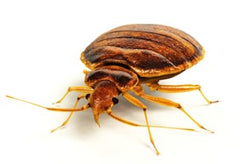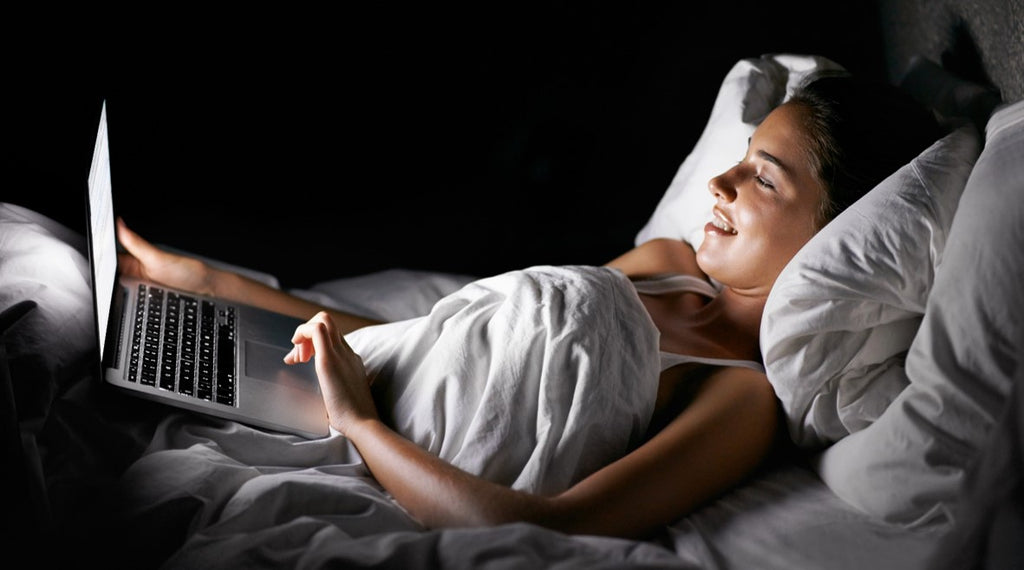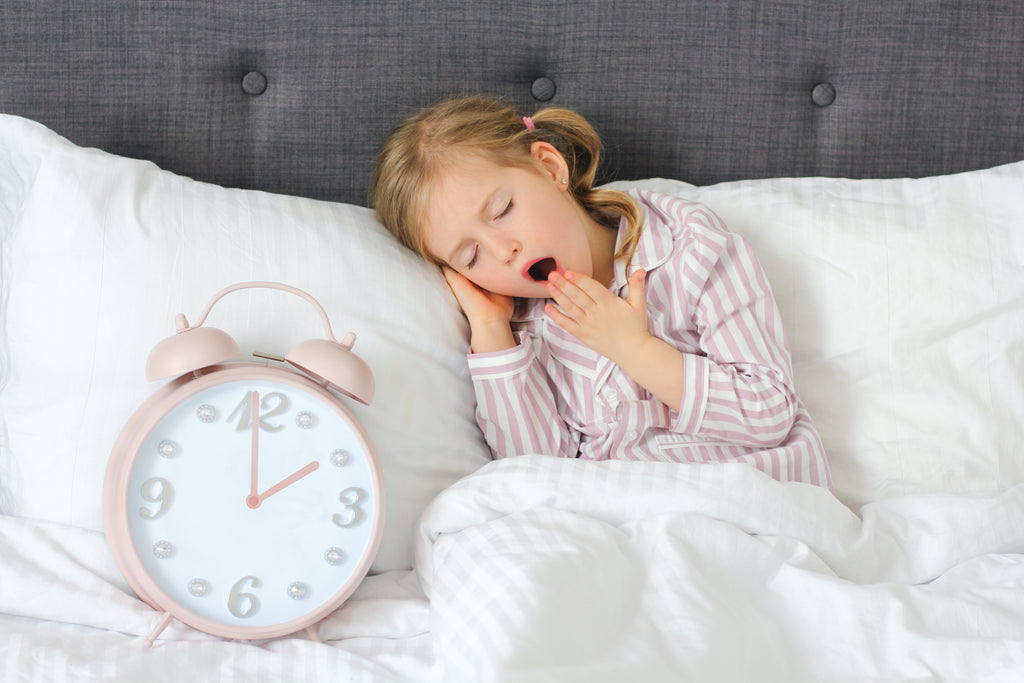- Home
- SHOP ▾
- Store Locator
- Media
- Product Information ▾
- Our Associations ▾
- Warranties ▾
- Advice ▾
- Blog

Sleep is vital to our everyday well being. Getting the right amount of regular sleep will make you feel more energised and motivated, helping you to achieve other goals that you might have for this year, such as doing more exercise,
Try to go to bed and wake up at the same time. It will help create a natural rhythm, and sleep-wake cycle for your body.
Also ensure you are getting the recommended amount of sleep for someone your age. For an adult this is 7-9 hours a night. For a guide on the recommended sleep time for different ages check out https://www.sleephealthfoundation.org.au/how-much-sleep-do-you-really-need.html
Look at what can influence the quality of your sleep, and work on making changes where needed.
“Another reason people get lower-quality sleep following alcohol is that it blocks REM sleep, which is often considered the most restorative type of sleep. With less REM sleep, you’re likely to wake up feeling groggy and unfocused.” - sleepfoundation.org
Ensure your bedroom offers the best possible sleep environment
“A cool 16-18°C (60-65°F) is thought to be an ideal temperature in a bedroom. Temperatures over 24°C (71°F) are likely to cause restlessness, while a cold room of about 12°C (53°F) will make it difficult to drop off.” - Sleep Council UK
It may take a little adjustment for you to get into a new routine, but just remember that if you are getting the right amount of sleep regularly you should feel better and have more energy for the things you want to achieve.
Sleep well, live well

Every year billions of people are travelling and each trip they take the risk of bringing home a bed bug infestation.
Bed bugs love to hitchhike on luggage.
Found worldwide and an increasing problem in Australia and New Zealand, be sure to know what to look for these holidays or whenever travelling to ensure you and your family are protected from their nasty bites.
 Small in size, they are attracted to warmth, and are most active at night biting areas of exposed skin while sleeping. Their bite causing an allergic reaction which is displayed on the skin as itchy red welts usually not felt until some minutes or hours after the bite.
Small in size, they are attracted to warmth, and are most active at night biting areas of exposed skin while sleeping. Their bite causing an allergic reaction which is displayed on the skin as itchy red welts usually not felt until some minutes or hours after the bite.
Bed bugs have small, flat oval bodies. Adults are brown in colour, reddening after feeding. Despite common misconceptions that they are too small to see, fully grown they are about 4-5mm in length, small but visible to the naked eye.
Hiding in nooks and crannies they are primarily nocturnal, emerging in the middle of the night to feed on those sleeping. It is therefore, often not the bed bugs, but tell-tale signs of their infestation that may be seen first. Little brown or black dots found on linens or the mattress itself.
When booking a hotel room, you can:
If you have discovered bed bugs or evidence that would lead you to suspect their presence, alert the hotel staff immediately, do not stay in that room, and strongly consider finding a new hotel all together.
There have been reported cases of Bed Bugs in transit. After all they love to hitchhike on luggage and clothing. Having a hard shell suitcase can assist in eliminating the areas in which a bed bug can hide and it can easily be cleaned with an alcohol wipe after your flight. If you do see any signs of bed bugs while travelling let the flight attendant on your plane or tour guide know as soon as possible.
When you get home wash all clothes you took on the trip in hot water including the ones that might be clean or you have worn on the way home. Vacuum and check your luggage for any signs of bed bugs and then store them safely away from your bed.
Use Protect-A-Bed® Allerzip Mattress Encasement's on your beds for Fit ‘n’ Forget protection.
Not only providing peace of mind against bed bugs and dust mite allergens they help protect your mattress investment from everyday spills and stains.
The Protect-A-Bed® BugLock® system has a dust-proof flap and tamper-proof SecureSeal® making the mattress or pillow bed bug entry and escape proof, whilst also ensuring allergens can’t become airborne. Simply Fit'n'Forget® by laying a Protect-A-Bed® fitted mattress protector on the top for easy removal and regular washing with other bedding.
Sleep Well, Live Well

Whether it is watching TV, playing video games, scrolling through social media or checking emails, electronic devices are a big part of our lifestyle and hard to put down when bedtime approaches.
Although the effects vary between people ‘screen time’ before bed has been shown to impact both our ability to fall asleep and the quality of our sleep.
"Studies have tested the effects of bright tablets (e.g. ipads) and laptop screens for up to 5 hours before bed. It seems that the natural evening rise in melatonin (a hormone that makes us ready for sleep) is not affected by 1 hour of bright screen light, but it is after 1.5 hours. Thus after 1.5 hours of technology use in the evening people report feeling less sleepy. They also do better on mental performance tests and their brainwaves suggest increased alertness. Repeated use of a bright screen over 5 days can delay the body clock by 1.5 hours. This means you consistently want to go to bed later and sleep in longer. This can be a real problem when you need to get up at a set time in the morning for school or work." - sleephealthfoundation.org.au
It may be difficult at first, but once you have made a conscious change it will become habit and part of your everyday routine.
Sleep Well, Live Well

It is the first Sunday of October and we all know that means it is daylight savings time.
Daylight savings puts our clock forward an hour and although this can be fantastic for people who want to enjoy those long summer nights it can have a negative impact on our sleeping patterns.
Even one hour of sleep loss over a few nights can have marked effects on our mood and health.
The effects of the initial time change for daylight savings on the body is often likened to jet lag. Losing an hour of light in the morning and gaining it at night it effects our bodies as if we are in a different time zone.
This is because changing the clock in either direction changes the principle time cue (which is light) for setting and resetting our 24-hr natural cycle, or circadian rhythm. Therefore, our internal clocks become out of sync.
As it is staying light later in the day it can be harder to fall asleep and likewise staying darker in the morning can make it harder to wake up.
Spring your clock's forward and get the most out of the warmer days by undertaking good sleeping habits. With a good night sleep you will feel and function better.
Did you know approximately 30% of people are allergic to dust mite waste, a common cause and trigger of asthma and allergies
Dust mites are everywhere, including in our mattresses and bedding, and despite their tiny size a dust mite produces 10-20 waste particles a day. Each of which contains a protein known to trigger allergic reactions and asthma from which about 10% of the population suffers from.
Attempts to eradicate dust mites is likely to be unsuccessful, however if allergic there are a number of ways in which you can reduce your exposure.
Among others these may include:
Keep in mind that these activities may stir up the dust mite allergens. And although they don’t stay airborne for long, if allergic consider having someone else do these tasks for you if an option.
Best for severe asthma and allergy sufferers, the fully encased Protect-A-Bed® Allerzip® Mattress and Pillow Encasement's feature a unique BugLock® system.
The fully encased BugLock® system has a dust mite proof flap and Secure Seal® which provides total protection. Preventing dust mite, mould and bacteria allergens entering or escaping through the zipper.
Simply Fit n’ Forget by layering a Protect-A-Bed® Fitted Mattress Protector over the top for regular washing and drying with other linens.
You can find out more about Dust Mite allergens and how these can be tested for at the National Asthma Council of Australia’s Sensitive Choice website. https://www.sensitivechoice.com/dust-mites/

Have you been wondering why your routine seems to be out of sync lately? You don’t seem to be as spritely, jumping out of bed to get that gym session in before work, you’ve been craving Nonna's spaghetti bolognese more than usual and gained a few extra ‘winter kilos’?
Well, its official, winter is finally upon us which brings with it it's own challenges for healthy sleep and living.
As the days get shorter and nights longer (and colder) our bodies’ natural bio clock the circadian rhythm, which controls our sleep/wake cycle, is experiencing changes in response to the season.
Sleep routine
As darkness sets in a little earlier, the sleep hormone, melatonin, produced by your body in preparation for sleep is also kicking in earlier and it’s affecting your circadian rhythm. Combine this with our modern world, our body is fighting with artificial light, blue light from our electronic devices, daylight savings, work schedules etc it’s no wonder our body clock can be a little put out.
Try not to give into it and go to bed earlier and stay in bed longer but stick to your normal sleep routine and avoid over sleeping to keep your circadian rhythm on track.
See the light
The wet gloomy days and being forced indoors can have an effect on our moods and for some this can be more serious, turning into winter depression or seasonal affective disorder (SAD). If you experience depression or SAD have a discussion with your doctor.
The production of our happy hormone, serotonin increases with sunlight so naturally it may be at its lowest during winter. If you can soak up the sun’s rays during the morning, even if its cold outside, you’ll help build up serotonin levels in the body but exposure to any bright light will help your body clock.
Food for thought
Eating foods high in carbohydrates are another way the body can produce serotonin, that’s why we feel happy and calm after chowing down on Nonna’s spaghetti, but don’t get addicted, this is how we put on those extra kilo’s during winter. Avoid eating, especially carb laden meals later in the evening, which sends the wrong messages to the brain and can impact your sleep patterns.
Work it out
It can be a struggle in the midst of winter but exercise is always great for healthy sleep and living, even a short workout in the morning can set your circadian rhythm in motion for the day. Try to stick to your routine but if you feel yourself wanting to snuggle into bed after dinner then a light workout or walk after eating might be all that’s needed to keep your bio clock on track.
Keep your cool
Finally, because its cold outside don’t over do the heat inside. The optimal temperature for sleep is around 18-20 degrees and as we enter into sleep our body begins to cool down by releasing heat through our hands and feet. Cold feet are a common cause of waking in winter so wear some bed socks if that helps but ensure your clothing and bedding is natural to assist with thermoregulation during sleep.
Check out our range of Protect-A-Bed® products designed to improve airflow and wick away moisture to avoid overheating and disrupting your sleep cycle.
Sleep Well, Live Well

Pets are part of our family and many of them sleep with us in our beds. Snuggling up to us, providing affection, comfort and security, but is it healthy?
Although an adult cat sleeps for about for 12-16 a day and an adult dog 12-14 hours they can be up and down in the night. Scratching, washing, having a midnight snack, or wanting to go outside. All things that may disrupt your sleep leaving you feeling tired the next day.
And while the risks are low, cats and dogs carry bacteria that can be passed to us when in close contact. They also shed dirt, pollen from running around outside, and pet dander a common cause or trigger of asthma and allergies.
So for a healthier night’s sleep, whilst enjoying the company of your pets here are some tips you may wish to follow:
If you have a puppy, consider how big it is going to get. Sleeping with it while it is young might be comfortable but what happens when it gets older and bigger. Training a dog, which is going to outgrow the ability for you to comfortably share a bed, to sleep somewhere else, is much easier when they are a puppy and before habits are formed.
And if you suffer from allergies or asthma which can be triggered by pet dander, consider giving your pet lots of affection before bedtime and keeping your sleep areas separate.
Always avoid letting pets sleep with babies and young children.